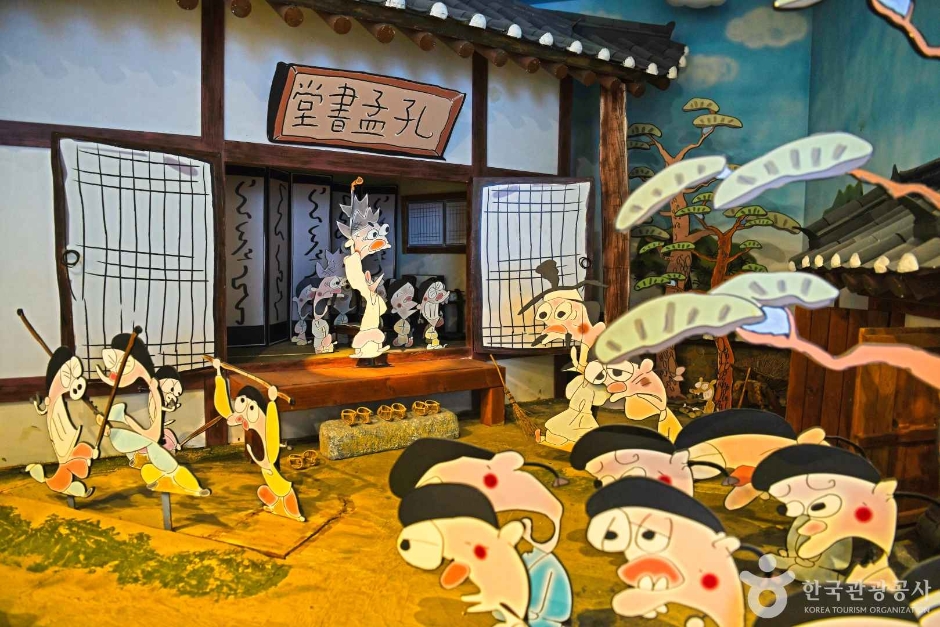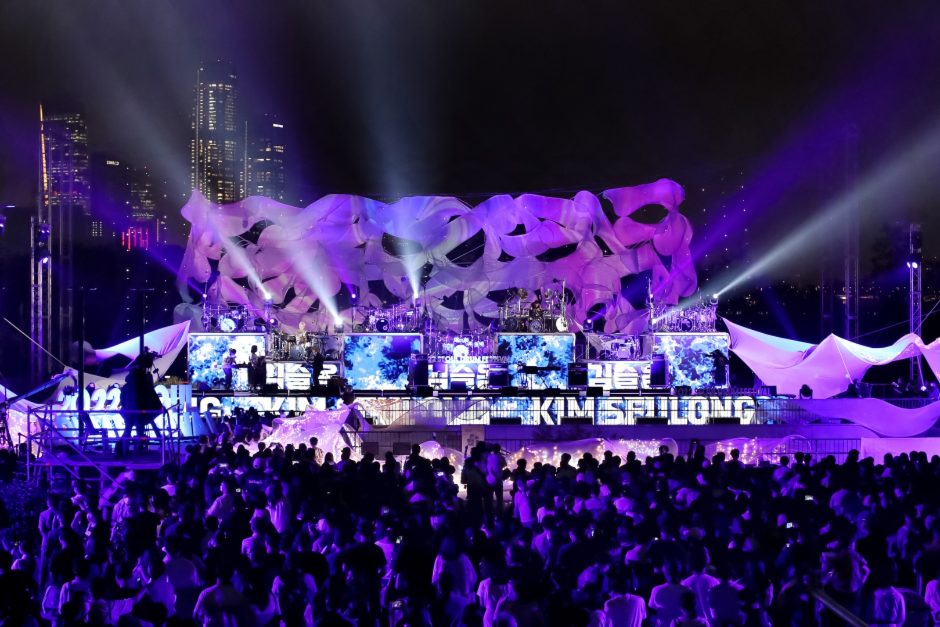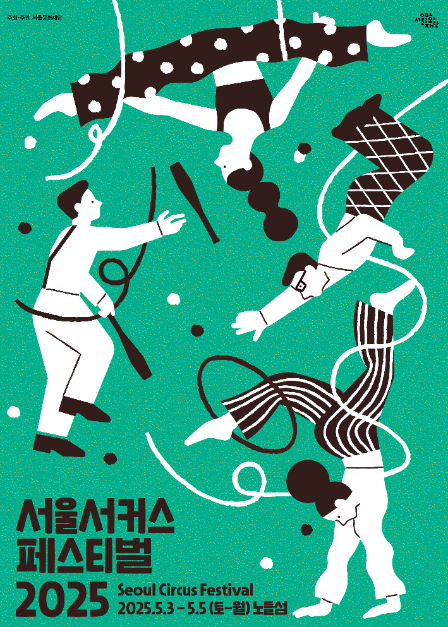Muji - Lotte Mall Eunpyeong Branch [Tax Refund Shop] (MUJI 롯데은평)
10.8Km 2024-04-18
F2 of Lotte Mall Enpyeong Branch, 1050, Tongil-ro, Eunpyeong-gu, Seoul
-
8 Seconds - Lotte Mall Eunpyeong Branch [Tax Refund Shop] (에잇세컨즈 롯데몰 은평점)
10.8Km 2024-04-18
1050, Tongil-ro, Eunpyeong-gu, Seoul
-
Giordano - Lotte Mall Eunpyeong Branch [Tax Refund Shop] (지오다노 롯데몰 은평점)
10.8Km 2024-04-22
1050, Tongil-ro, Eunpyeong-gu, Seoul
-
ABC-Mart - Lotte Mall Eunpyeong Branch [Tax Refund Shop] (ABC마트 MS롯데은평)
10.8Km 2024-04-22
3F, 1050, Tongil-ro, Eunpyeong-gu, Seoul
-
Korea Manhwa Museum (한국만화박물관)
10.8Km 2025-01-16
1 Gilju-ro, Bucheon-si, Gyeonggi-do
This museum collects and stores Korean cartoons and related materials, which are the basis for the creation of K-Webtoons. It covers everything from old cartoons to characters and webtoons that are gaining global popularity recently. It is composed of the Korean Manhwa History Museum, the Manhwa Experience Exhibition Hall, the Manhwa Library, and the Manhwa Video Screening Hall. There is also a corner where you can try coloring your own webtoon.
Bucheon International Comics Festival (부천국제만화축제)
10.8Km 2025-07-11
1 Gilju-ro, Bucheon-si, Gyeonggi-do
+82-32-310-3071
As Korea’s leading comic-focused festival, the Bucheon International Comics Festival features a wide range of events, including the special exhibition of Bucheon Comic Awards winners, comic exhibitions, and the Singing BICOF. Visitors can explore Comics Bunker, where they can find merchandise from various artists, along with a comic book café. The festival also includes the World Webtoon Forum and the International Cosplay Championship, as well as talk & signing events with renowned domestic artists.
Seoul Drum Festival (서울드럼페스티벌)
10.9Km 2024-04-25
445 Yangneong-ro, Yongsan-gu, Seoul
+82-2-537-7109
Seoul Drum Festival is a representative music festival in Seoul that has been held in spring since 1999. The festival features performances by Korean and international artists along with exhibition and experience booths to learn more about drums. Participants of all ages can joyfully experience percussion in person through hands-on activities.
Nodeul Island (노들섬)
10.9Km 2024-11-01
445 Yangnyeong-ro, Yongsan-gu, Seoul
Nodeul Island seems like an island floating in the middle of the Hangang River. The island was opened to the public in 2012 as a recreational area while preserving most of its original form. In 2019, the island was equipped with more facilities to serve as a cultural entertainment spot to the public.
Seoul Circus Festival (서울서커스페스티벌)
10.9Km 2025-04-23
445 Yangnyeong-ro, Yongsan-gu, Seoul
+82-2-758-2036
Seoul Circus Festival is Korea's only circus festival. During the fun-filled weekend, performers from all over the world come to showcase their talents and provide fun experiences for the whole family to enjoy. In addition to the circus acts, guests can enjoy movies, exhibitions, and a flea market.
![Muji - Lotte Mall Eunpyeong Branch [Tax Refund Shop] (MUJI 롯데은평)](http://tong.visitkorea.or.kr/cms/resource/39/2878239_image2_1.jpg)
![8 Seconds - Lotte Mall Eunpyeong Branch [Tax Refund Shop] (에잇세컨즈 롯데몰 은평점)](http://tong.visitkorea.or.kr/cms/resource/42/2878242_image2_1.jpg)
![Giordano - Lotte Mall Eunpyeong Branch [Tax Refund Shop] (지오다노 롯데몰 은평점)](http://tong.visitkorea.or.kr/cms/resource/45/2878245_image2_1.jpg)
![The North Face [Tax Refund Shop] (노스페이스)](http://tong.visitkorea.or.kr/cms/resource/48/2878248_image2_1.jpg)
![ABC-Mart - Lotte Mall Eunpyeong Branch [Tax Refund Shop] (ABC마트 MS롯데은평)](http://tong.visitkorea.or.kr/cms/resource/96/2888996_image2_1.jpg)




 English
English
 한국어
한국어 日本語
日本語 中文(简体)
中文(简体) Deutsch
Deutsch Français
Français Español
Español Русский
Русский